Before branching out into other genres from his fourth movie onward, Quentin Tarantino was known as a director of crime movies. He brought the French New Wave’s subversions of the American crime film back to Hollywood with Reservoir Dogs, one of the most memorable directorial debuts ever made. Against all odds, Tarantino topped himself with his sophomore outing, Pulp Fiction, arguably his masterpiece.
While Pulp Fiction is Tarantino’s best crime movie, a close second is his third work, Jackie Brown, an adaptation of Elmore Leonard’s Rum Punch starring the great Pam Grier. It’s also easily the director’s most underrated movie.
10 Pulp Fiction Is The Best: It’s The Pinnacle Of Tarantino’s Style
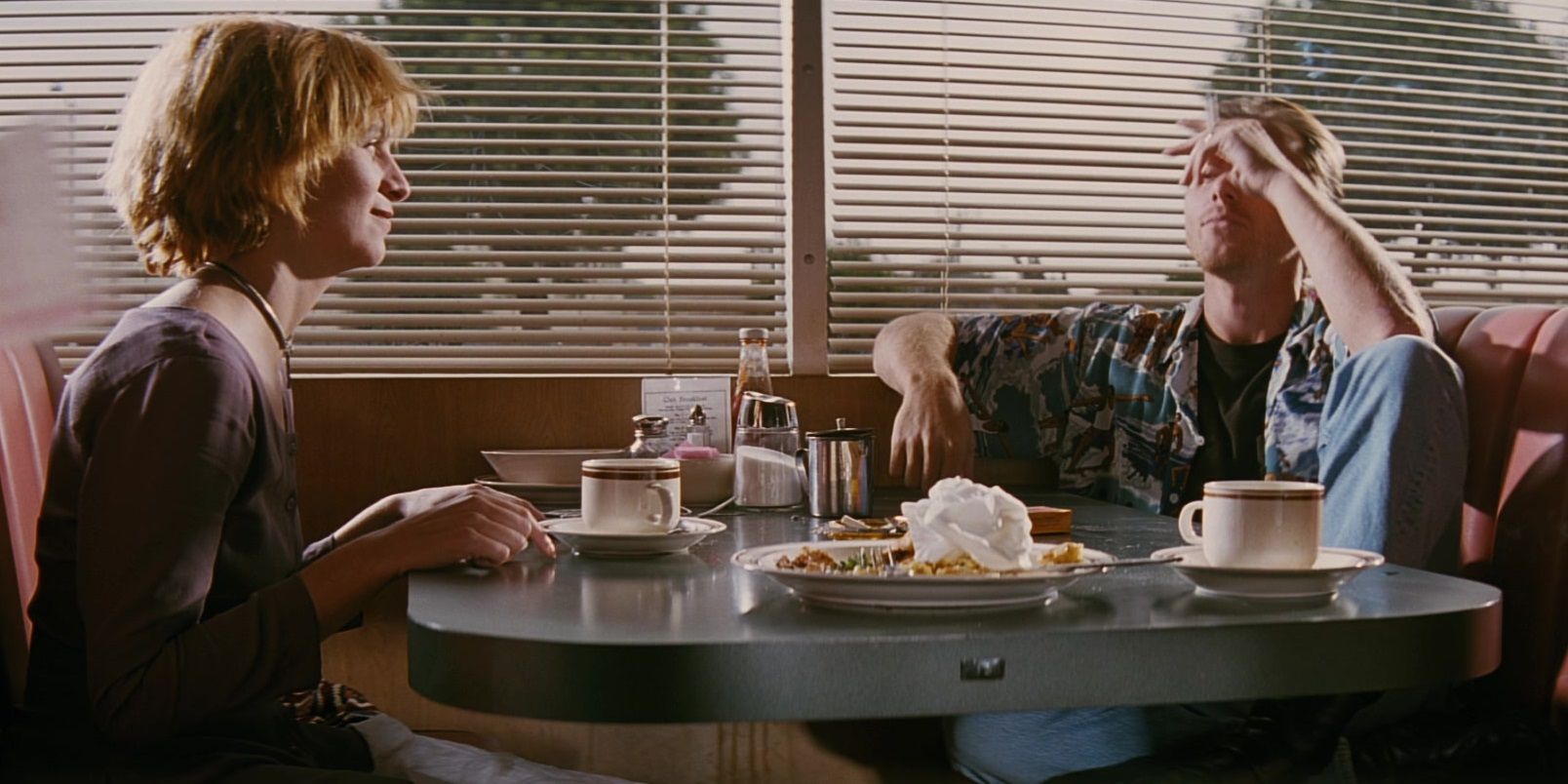
Quentin Tarantino’s filmmaking style is unmistakable. It’s quintessentially postmodern, using references to earlier movies to tell a new story, and Pulp Fiction is the pinnacle of that style. The concept of the movie is to take well-worn crime stories from old pulp magazines and put a fresh spin on them. For example, the story of a boxer being paid by the mob to take a dive takes a sinister turn into a sex dungeon.
All of Tarantino’s movies blend references to the familiar with original elements, but Pulp Fiction nails that balance better than any other Q.T. movie.
9 Jackie Brown Is A Close Second: It’s Tarantino’s Most Mature Movie
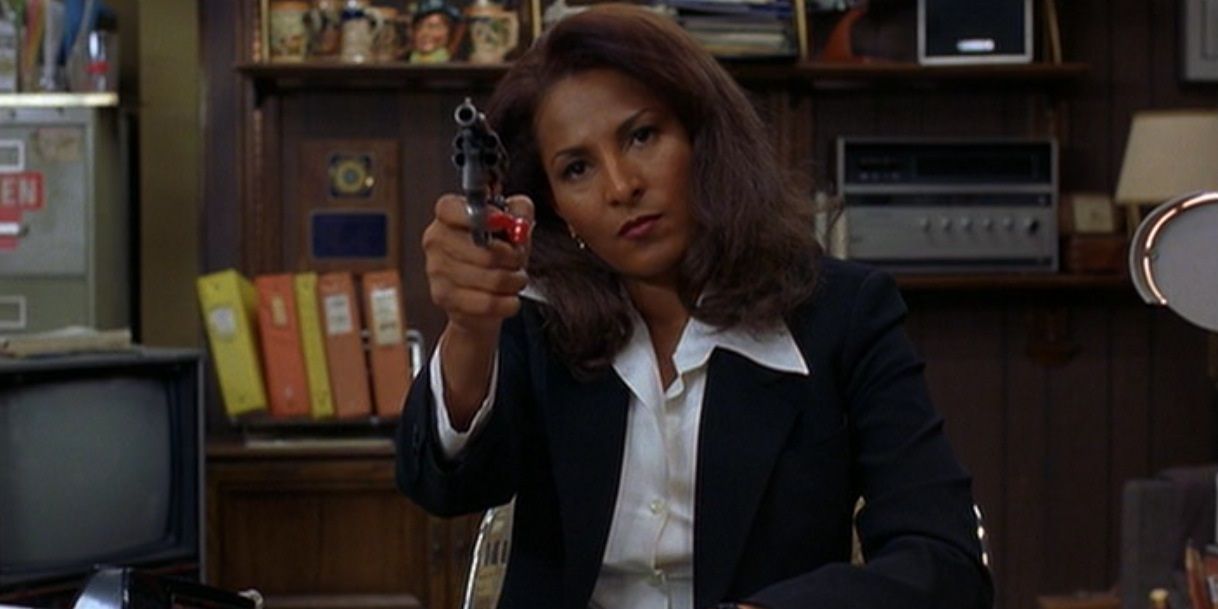
Jackie Brown has been described as Tarantino’s most mature movie, and that’s pretty apt. Whether adapting source material kept him restrained or the experience of making two previous movies had filled him with wisdom, he brought a mature edge to Jackie Brown.
Some Tarantino movies have been accused of favoring style over substance, but that’s not an accusation that can be thrown at Jackie Brown. It puts the story at the forefront, with complex characters who make difficult decisions.
8 Pulp Fiction Is The Best: The Soundtrack Is Perfect
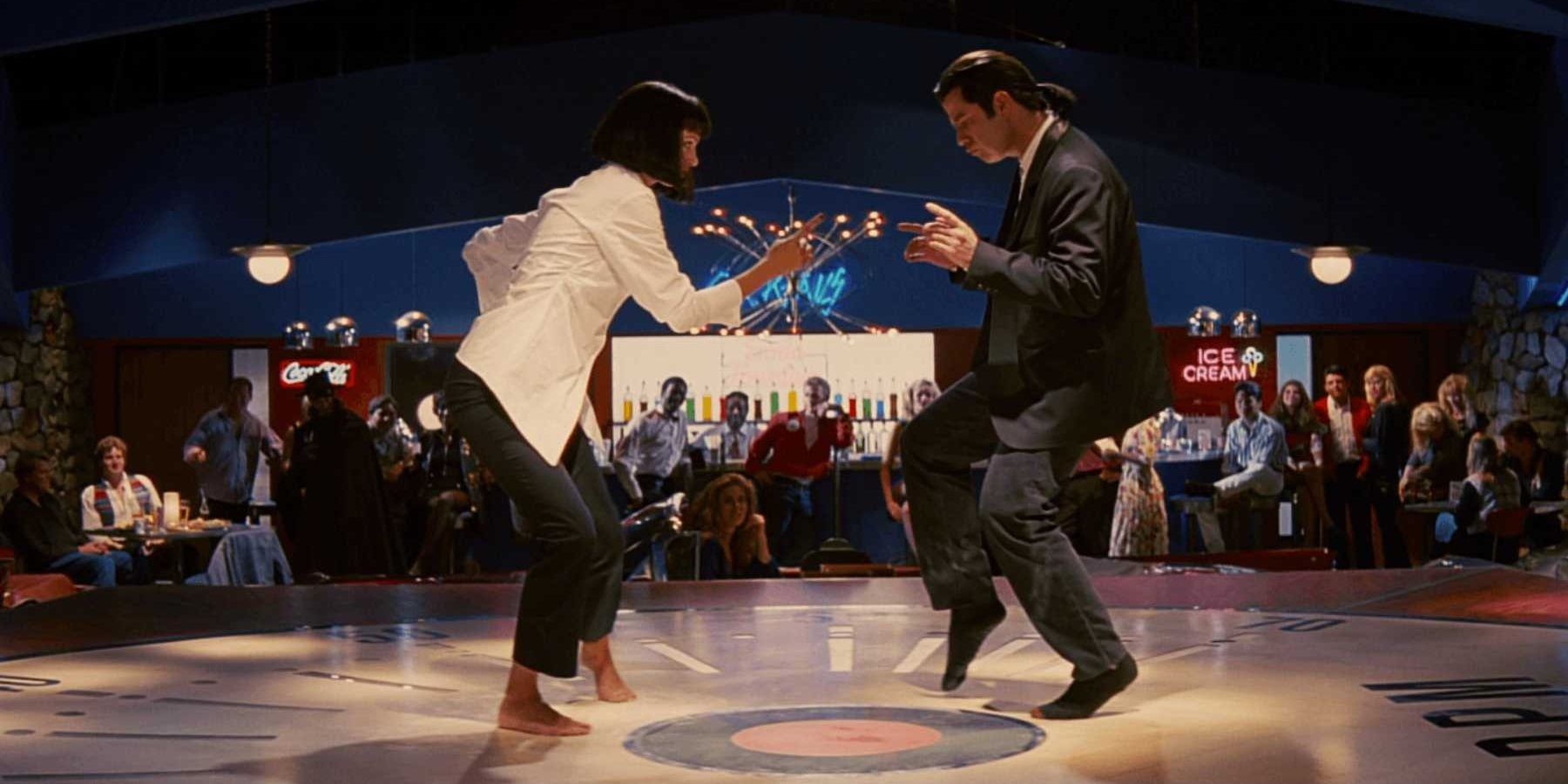
Tarantino’s movies all have great soundtracks, from the ‘60s hits in Once Upon a Time in Hollywood to Morricone’s breathtaking original score for The Hateful Eight. But Pulp Fiction’s soundtrack is particularly perfect. Tarantino planned to make the movie as an urban spaghetti western, so he filled the soundtrack with surf rock, feeling it was the rock ‘n’ roll equivalent of spaghetti western music.
Every song in Pulp Fiction is perfectly paired with the scene it’s in, from Dusty Springfield’s “Son of a Preacher Man” playing over Mia Wallace’s introduction to Chuck Berry’s “You Never Can Tell” playing at Jack Rabbit Slim’s dance contest.
7 Jackie Brown Is A Close Second: It’s Adapted From Tarantino’s Greatest Influence
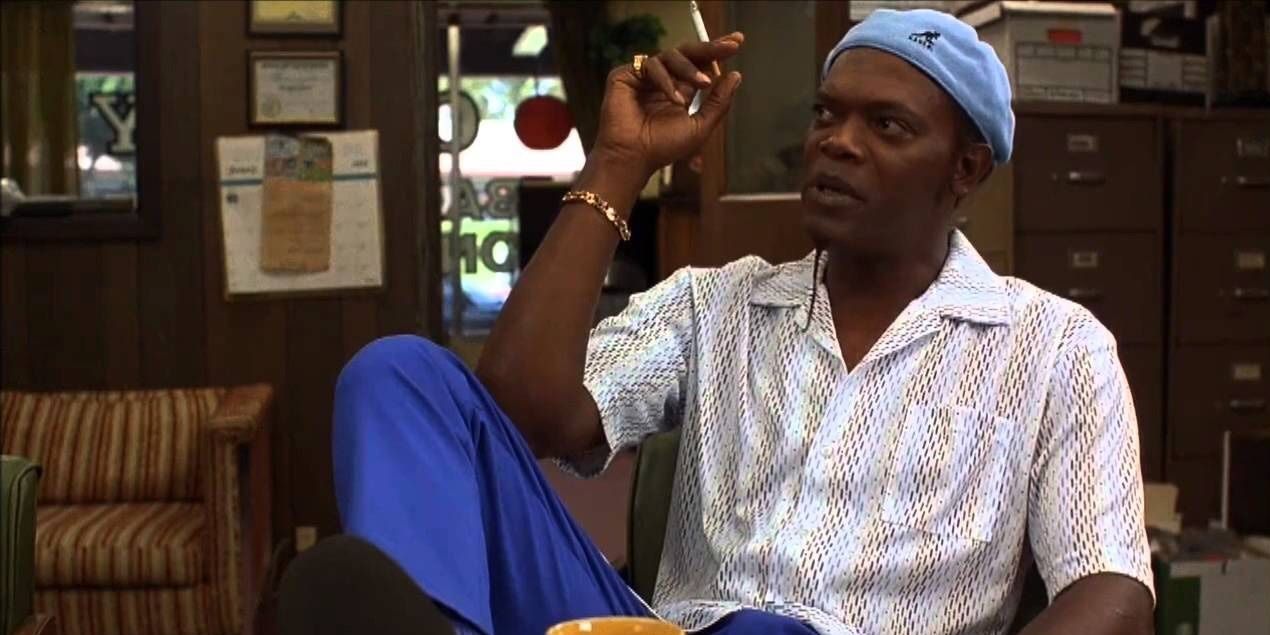
There have been many influences on Quentin Tarantino’s career, from Jean-Pierre Melville to Sergio Leone, but arguably the strongest influence on his work — at least on his writing — is Elmore Leonard, one of the greatest crime authors who ever lived.
Jackie Brown is Tarantino’s only adapted screenplay, taken from Leonard’s novel Rum Punch, and the combination of their styles made for one helluva crime movie.
6 Pulp Fiction Is The Best: Its Pitch-Black Comic Sensibility

Dark humor works wonders in the crime genre. Plenty of the best crime stories, from Fargo to Breaking Bad, have a healthy dose of dark comedy. Pulp Fiction has a pitch-black comic sensibility that’s so strong, it’s sparked a debate over whether the movie is a drama or a comedy. (Tarantino insists it’s a drama.)
Pulp Fiction’s sense of humor is part of what makes it so entertaining. The dark subject matter shouldn't be funny, but Tarantino makes it funny.
5 Jackie Brown Is A Close Second: Pam Grier And Robert Forster Share Fantastic Chemistry
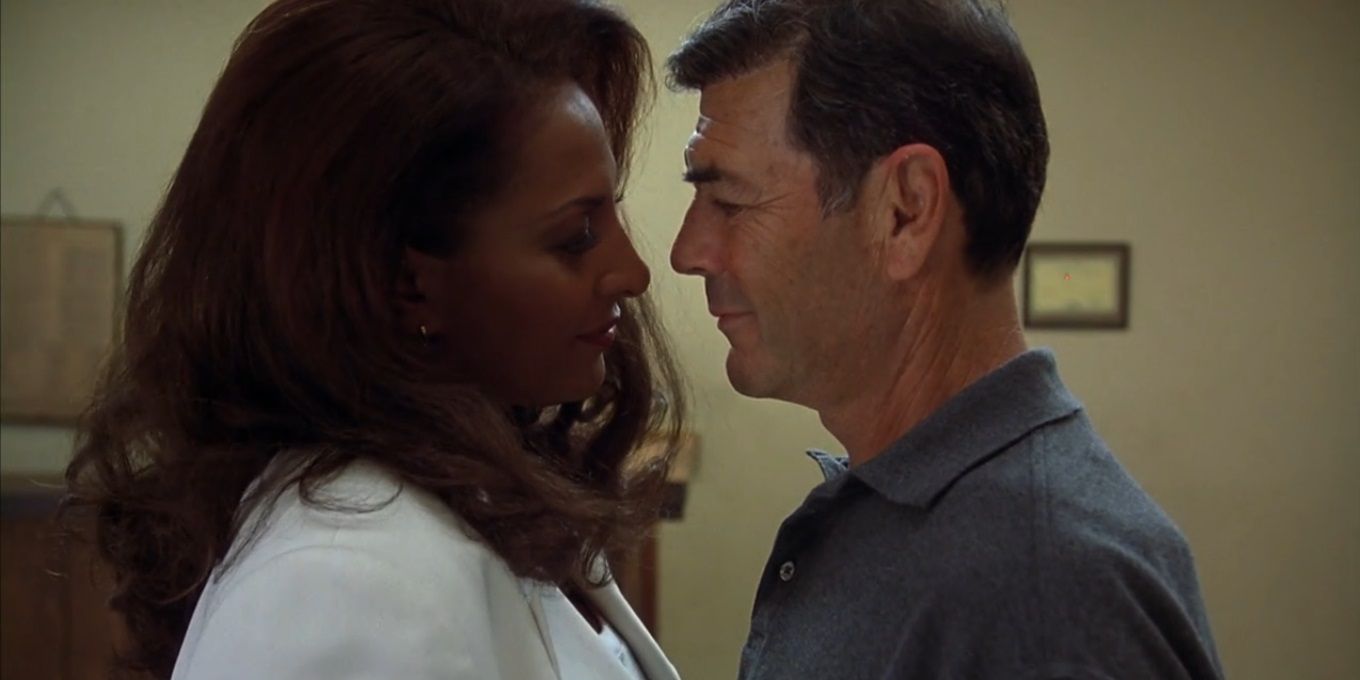
At the heart of Jackie Brown is the relationship between the titular flight attendant and bail bondsman Max Cherry. Pam Grier and Robert Forster are both terrific in their individual roles, with Grier getting a much-deserved career comeback and Forster scoring an Oscar nod for his nuanced performance.
The two actors also share fantastic chemistry in their roles, making their union one of the most heartfelt romances in the Tarantino oeuvre, up there with Django and Broomhilda.
4 Pulp Fiction Is The Best: The Anthology Format Makes It Unique
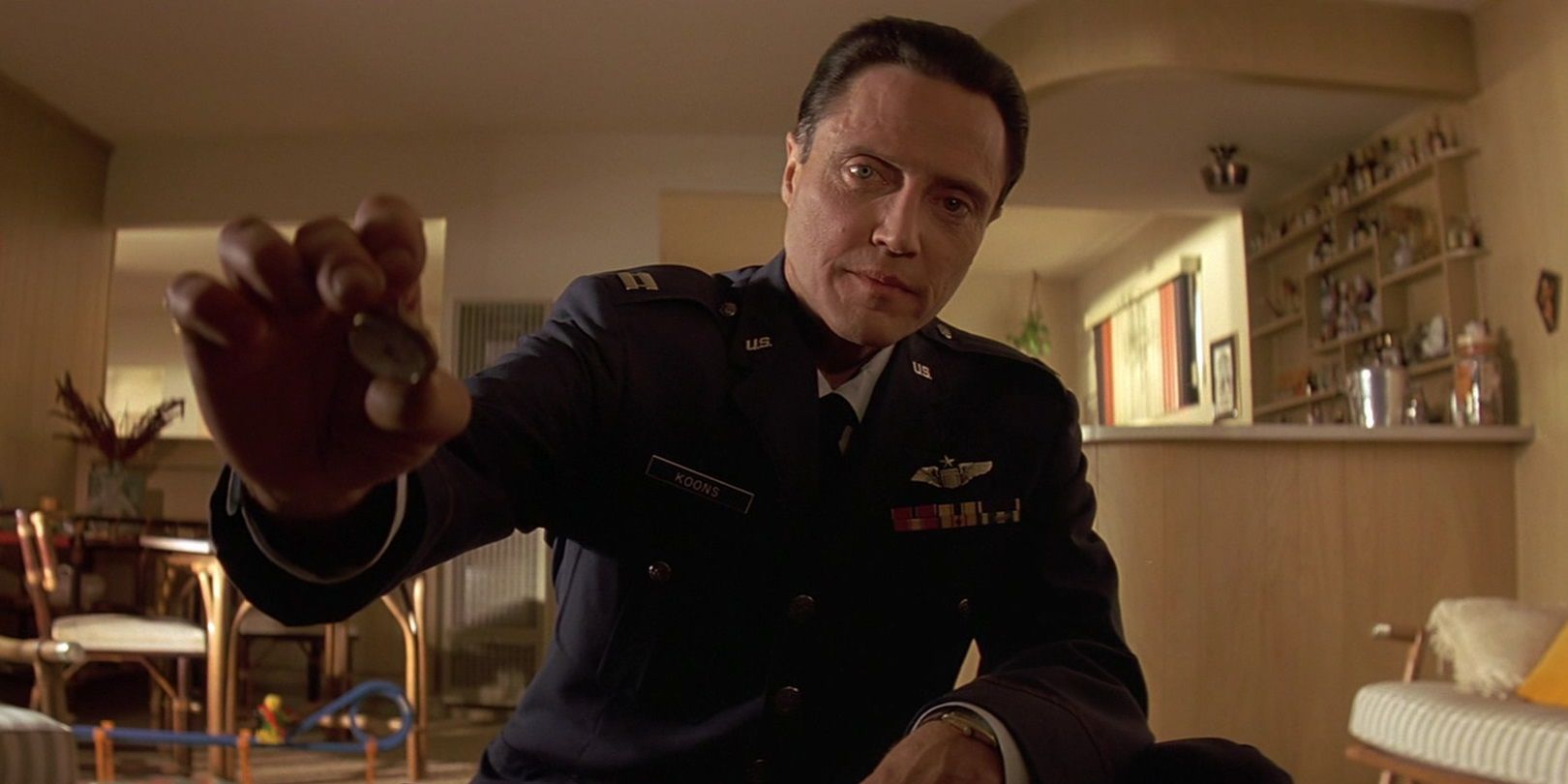
Although it morphed away from this initial inspiration, Tarantino’s basic concept for Pulp Fiction was to make a Black Mask movie; in other words, a movie version of the old pulp magazine.
One thing that survived from this concept was the anthology format. Like an issue of Black Mask, Pulp Fiction is split into a handful of different stories.
3 Jackie Brown Is A Close Second: Guillermo Navarro’s Cinematography Is Gorgeous
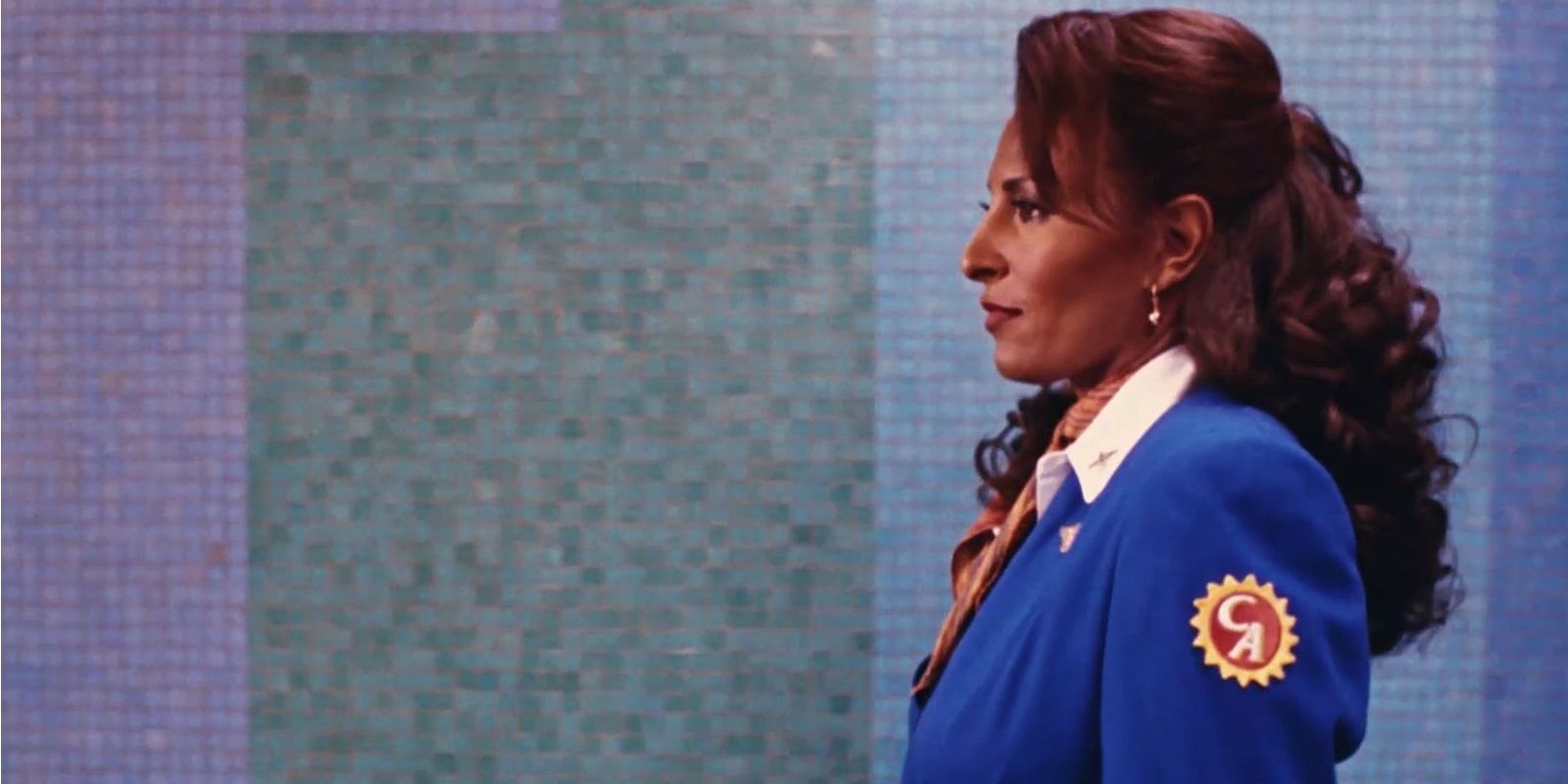
Since Kill Bill, Tarantino’s go-to cinematographer has been Robert Richardson (except for on Death Proof, for which the director did his own cinematography), but for Jackie Brown, he hired Guillermo Navarro — who went on to win an Oscar for shooting Pan’s Labyrinth — and his work is spectacular.
Andrzej Sekuła’s lensing on Pulp Fiction gave way to some of the most iconic shots in contemporary American cinema (and the same goes for his work on Reservoir Dogs), but Navarro’s work on Jackie Brown is truly beautiful.
2 Pulp Fiction Is The Best: Almost Everything In It Is Iconic
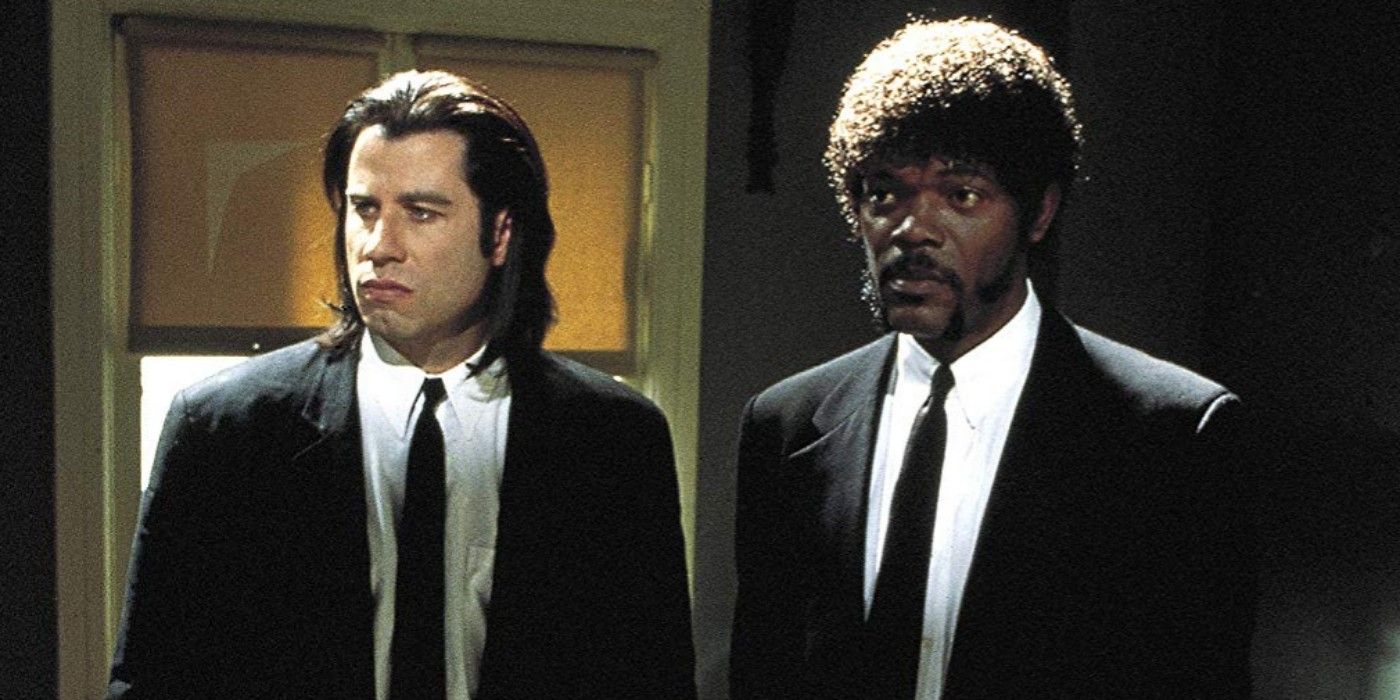
The term “iconic” is overused these days, to the point that it’s practically lost its meaning... but almost everything in Pulp Fiction is iconic.
From the Ezekiel 25:17 speech to Jack Rabbit Slim’s to the “Misirlou” freeze-frame music cue to the Winston Wolf character to Christopher Walken’s gold watch monologue, Pulp Fiction is riddled with instantly recognizable iconography.
1 Jackie Brown Is A Close Second: The Three-Perspective Finale Is Thrilling
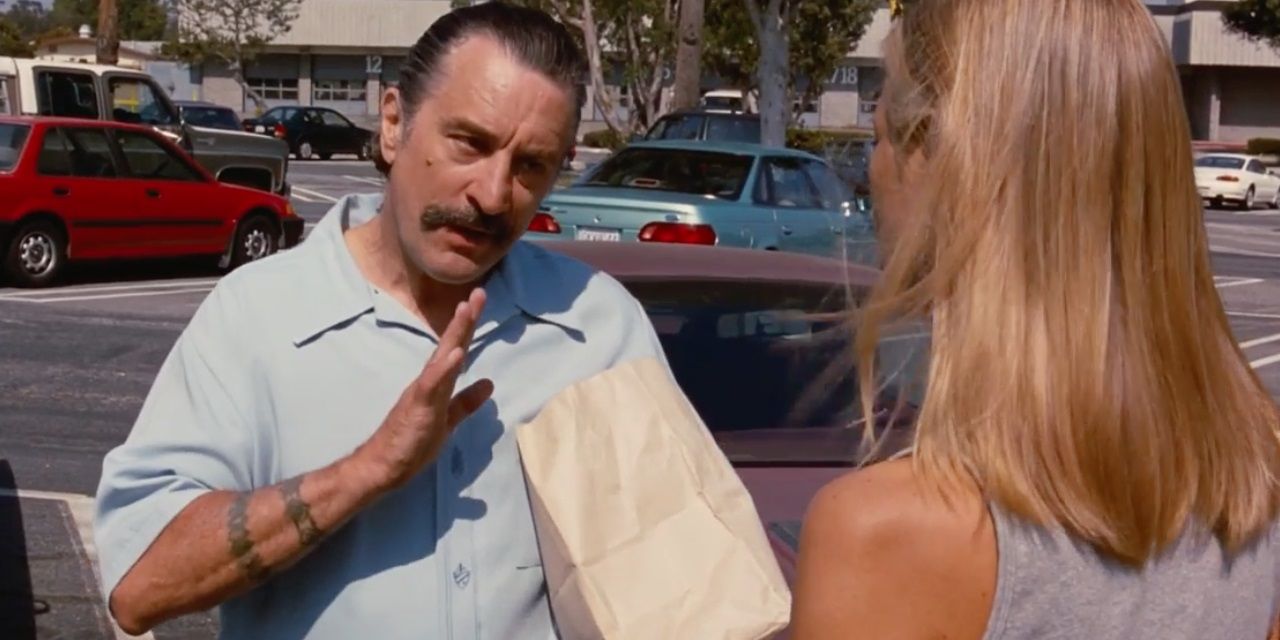
The captivating story threads in Jackie Brown all culminate in a breathtaking finale shot from three different perspectives. The way that Tarantino weaves these perspectives together is simply thrilling. Only the audience knows that Jackie plans to double-cross everyone and take the money for herself.
From that point on, the setup of the plan and the deviations from it come together for an incredibly fun big-screen crime caper.
from ScreenRant - Feed https://ift.tt/2RjMbxG


0 Comments